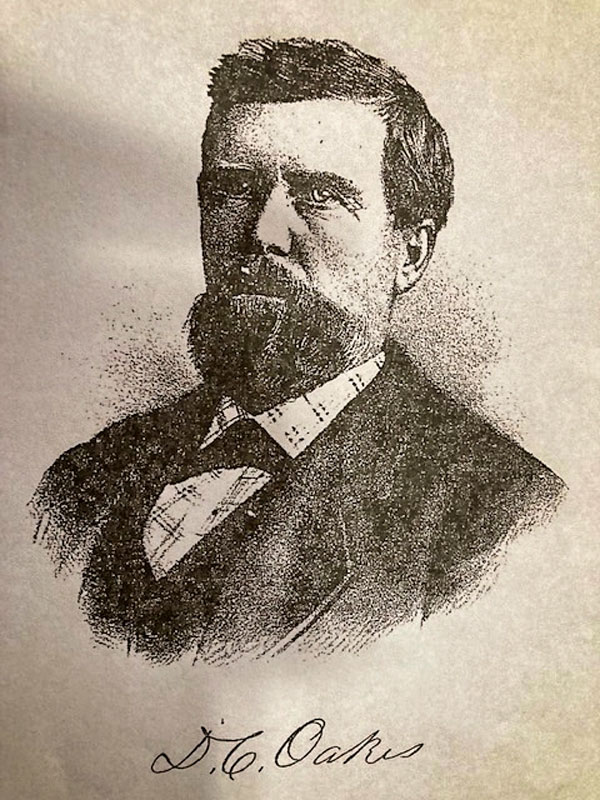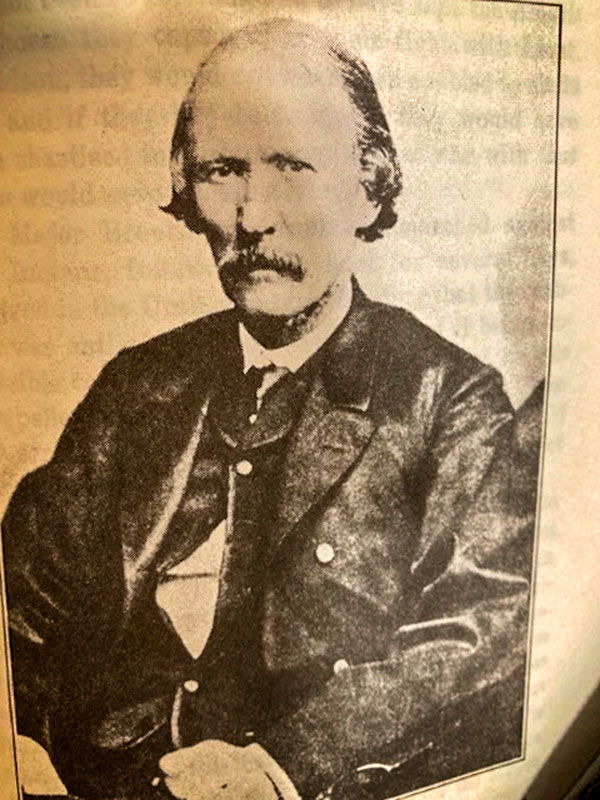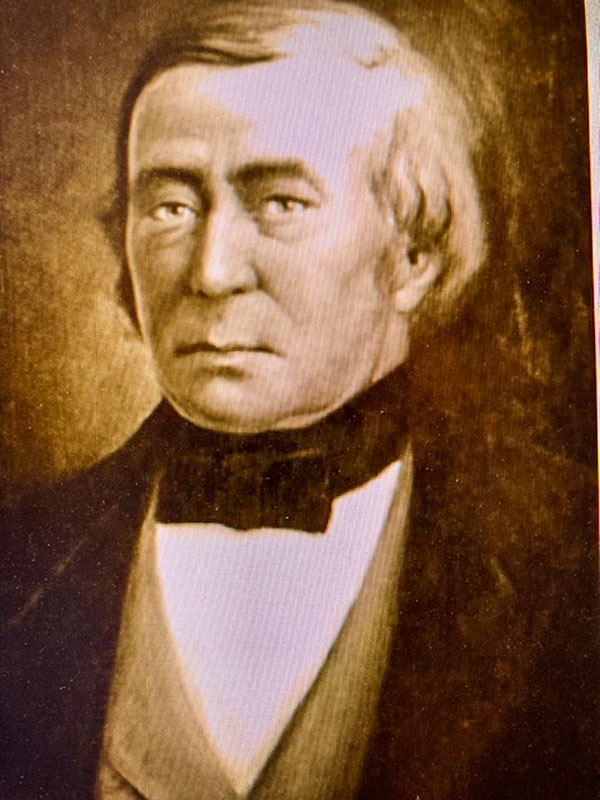Frontiersman of the Colorado gold rush…

D.C. Oakes wrote about the prospects of finding gold in Colorado.
D.C. Oakes’ book, History of the Gold Discoveries on the South Platte River, is credited with giving the account of our gold rush, the one that brought 100,000 avaricious folks to Colorado in 1859.
But the “table” had been earlier set by a handful of grizzled wayfarers like Kit Carson, Jim Baker, Jim Bridger and Thomas Fitzpatrick, whose goals on our western frontiers was to settle and live off the land. The rather resourceful mountain men who often guided government expeditions were intimate with the land, its tribes, creeks, rivers and game- rich environment.
The history of these frontiersmen began when the ink dried on President James Monroe’s $1.5 million Louisiana Purchase in 1803. Maps of the new territory west of the Mississippi River were unclear.
These mountain men were trappers or hunters, eating what they killed and trading the pelts and skins. Though they emerged from the wilderness periodically, there was a ruffian component about them, which found conventional life constraining, even boring.
Here in Douglas County, there were two major trails that these frontiersmen trafficked: Cherry Creek Trail (Highway 83) via Trappers Trail and East Plum Creek trail. A third, Jimmy Creek Trail, ran between The Arkansas and Platte Rivers.
“Honest” Jim Baker from Wyoming passed through often. While on the Cherry Creek Trail, his carbine magazine exploded, blowing off his thumb and disfiguring his face. He had multiple wives and 14 children. Over time, he became good friends with Jim Bridger and Kit Carson.
We claim Kit Carson as our own since he was drawn to the area by close intimates Elizabeth “Pretty Woman” and Sylvestor Richardson, proprietors of Pretty Woman Ranch. Its dilapidated remains are still visible today on Daniels Park Road.

Kit Carson, age 67. This picture was taken while he visited the nation’s capital in 1868.
Starting his “career” at 19, Carson’s feats were legendary; his love of the west, passionate. In 1820, the Stephen H. Long Expedition would spend three days on our part of Trappers Trail, observing and mapping our “insulated table lands” along East Plum Creek. In 1835, Colonel Henry Dodge led the First Dragoon Expedition which included the future president of the confederacy, Jefferson Davis. It, too, explored and mapped areas between Cherry and East Plum creeks.
Another impactful trapper was Thomas “Broken Hand” Fitzpatrick, Irish by birth. His nickname is attributable to a Baker-like weapon mishap. Fitzpatrick moved from trapper to trader, Native American agent to scout, also serving the Fremont Expedition. Like Carson, he found great favor with the Native population, adopting a boy he called “Friday,” who later became an Arapaho chief.

Thomas “Broken Hand” Fitzpatrick, a fur trapper, scout, guide and Native American agent.
When John Fremont came through Douglas County in June 1843, Carson was his logical choice for expeditionary scout. Though naming rights were never accorded anyone, informal ones often came about. Fortunately for us, what Fremont once called “Pound Cake Rock” was replaced by the more noble “Castle Rock.”
Wildcat Lore
As it turns out, The Connection serves residents of the Wildcat Mountains, a name pioneers and historians gave to the high country paralleling I-25 from Highlands Ranch and Lone Tree south to Castle Rock.
Since the first territorial road (Daniels Park Road) bisected our mountains, there was no shortage of colorful characters parading through what are now private properties on the ridges of Douglas County.
We bring these grizzled and gutsy settlers alive again, vividly sharing their stories of grit and achievement in these Castle Pines.
By Joe Gschwendtner; courtesy photos